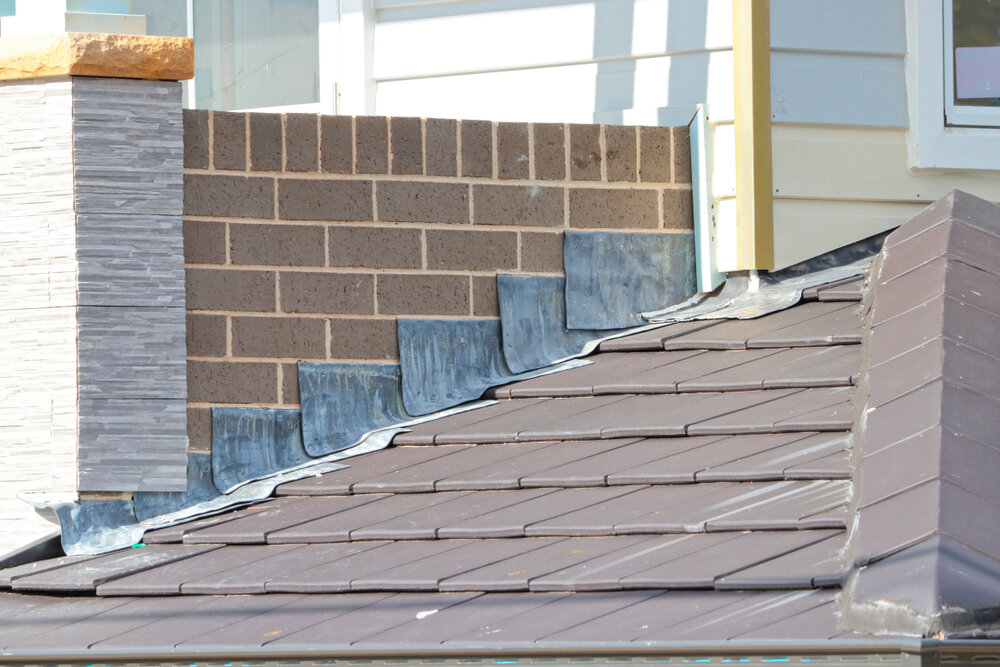Roof flashing is an important way to keep your roof from leaking. The flashing functions as a sealer between the roof joints, which is an effective way to keep out water and when damaged you need to hire flat roof repair service in Oklahoma City, OK.
Some regions of your ceiling and walls may be more prone to leakage and harm to water. In the event of a dormer wall and its roof surface, roof valleys, skylight perimeter and chimney, this is certainly true. Wherever water runoff is heavy or where two surfaces meet, roof flashing will require a little additional attention or else flat roof repair.
Materials
Galvanized flashing, copper, aluminum are the most popular materials used for roof flashing. Galvanized sheet metal is the most popular material for roof flashing. For homeowners who like to install their roof flashing on their own, aluminum flashing is generally used, and copper is particularly used for copper roofs.

Types of Roof Flashing
Flashing is most often created by soldering, although there is a range of flashing roof types. Chimney flashing is used in various areas at the base of the chimney. Additionally, cap flashing can be used to lap over the edges of the remainder of the flashings when the roof flashes around the chimney to maintain water out.
You will need to use step flashing in the event of a vertical wall or a sloped roof. Drip edges will prevent water from seeking to penetrate the eaves beneath the ceiling. As well as step flashing around the base, the sides and the use of saddle flashing around the top are used around skylights.
The most prevalent places in which leaks happen are tubes that penetrate the surface or over valley flashings. Special asphalt roofing cement should seal these regions. To avoid leaking regions with tubes, one should invest in flashing the ventilation pipe. This will prevent leaking before ever happening around the fields where your roof or surface is penetrated by the tubes.
Roof flashing is not a one-size fitting all-roof feature. It is common for the flashing shape to differ significantly from one home to the next, depending on roof type and home design. The roof’s lighting can vary from roof to roof. It’s rare for a roof to have only one kind of lighting.
Let’s take a closer look at the different kinds of flashing on the ceiling:
Chimney Flashing
Present at the base of the chimney, this flashing appears to be in different parts, including flashing at the chimney’s edge, flashing move around the chimney’s sides, and saddle flashing upward.
Cap Flashing
Another significant element of flashing for a chimney is flashing cap to provide an extra water prevention layer; it hangs over the other flashings’ corners.
Step Flashing
Step flashing is the most prevalent form of flashing when it comes to a sloping ceiling or vertical wall. Other popular characteristics include edges of drip to stop water from flowing under the surface of the roof close the eaves.
Integral Flashing
Integral flashing also goes hand in hand with step flashing if skylights are on a sloped ceiling.
Saddle Flashing
Saddle flashing usually takes place around the top of the building, including railing connections, joists and beams that reach the outside walls.
Vent Pipe Flashing
This flashing takes place over the ceiling of tubes and flues; it is shaped like a cone with a base flange that fits into the shingles.
Contact Preferred Roofing for flat roof repair service in Oklahoma City, OK.
